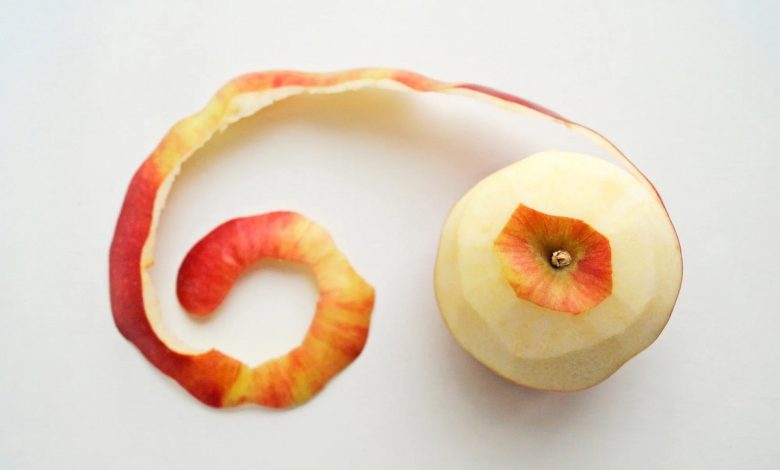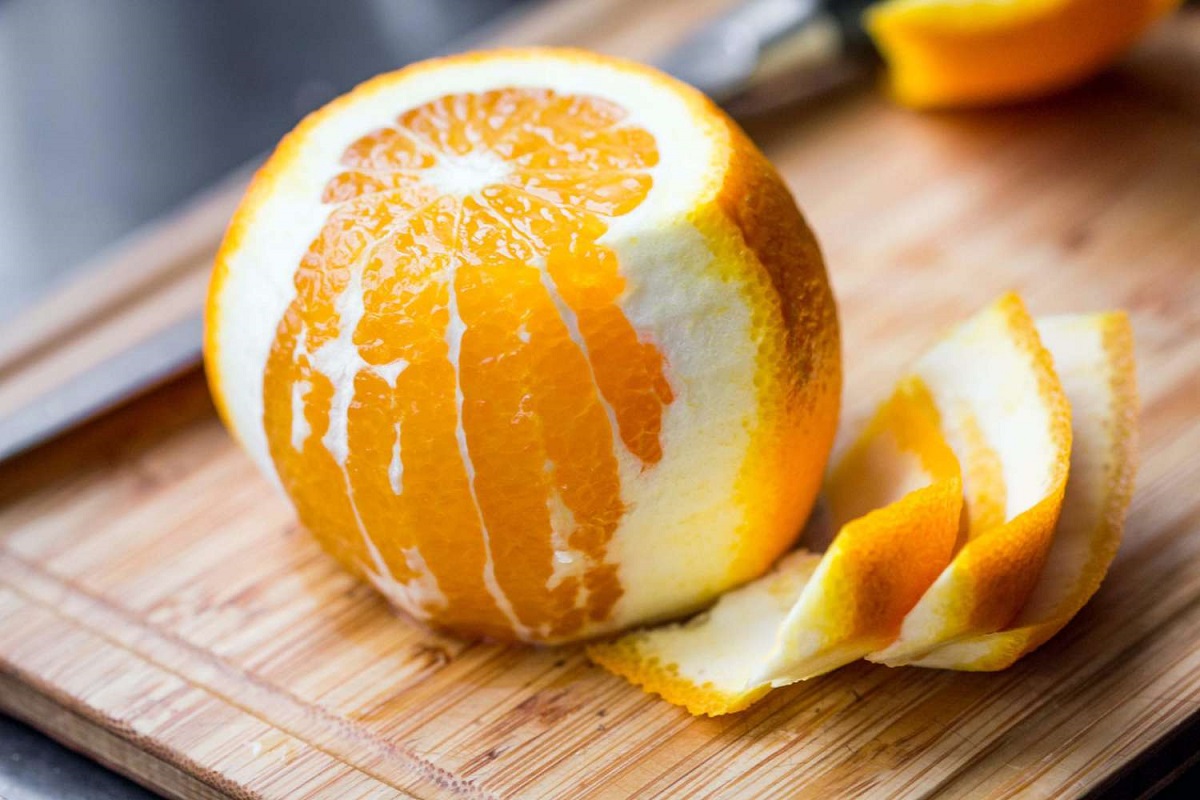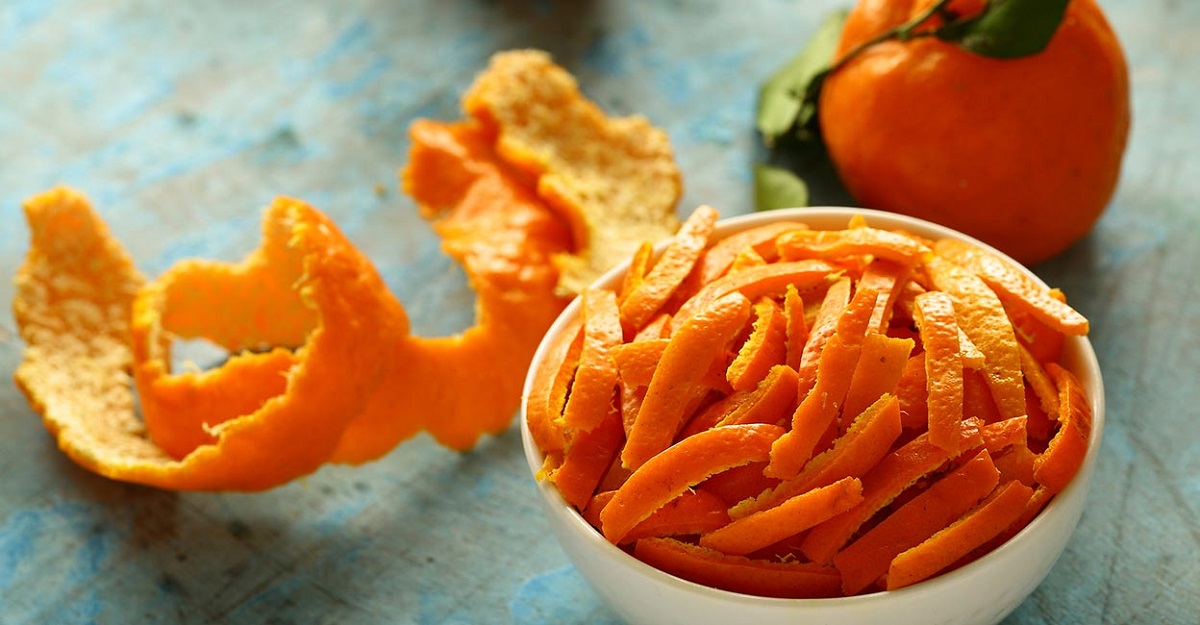Researchers’ Advice: Washing Is Not Enough; Peel The Fruit

Peel The Fruit: Fruits are a staple in a healthy diet, packed with vitamins, minerals, fiber, and antioxidants that support overall health.
However, researchers have raised concerns that simply washing fruits may not be enough to protect consumers from various contaminants such as pesticides, harmful bacteria, waxes, and other environmental pollutants. While washing fruits is an essential step, peeling may be necessary to further reduce exposure to these potential hazards. This article delves into the scientific reasons behind the advice to peel fruit and provides a comprehensive overview of the risks, benefits, and best practices for fruit consumption.
The Hidden Risks On Fruit Surfaces
The exterior of fruit can harbor a range of harmful substances that are invisible to the naked eye. Although washing helps reduce some of these contaminants, several studies indicate that it may not completely eliminate them. The following are some key risks found on the surface of fruits:
1. Pesticide Residues

Peel The Fruit, Pesticides are commonly used in agriculture to protect crops from insects, weeds, and other pests. However, these chemicals often linger on the surface of fruits even after they are harvested. According to a report from the Environmental Working Group (EWG), many fruits, particularly those with soft, edible skins like strawberries, apples, and grapes, retain pesticide residues even after thorough washing. The U.S. Department of Agriculture (USDA) Pesticide Data Program has also reported pesticide residues on over 90% of conventionally grown fruits.
While some fruits may absorb pesticides through the skin and into the flesh, the highest concentrations are often found on the outer layer. For this reason, peeling fruits can significantly reduce exposure to these chemicals. This is especially important for individuals who are sensitive to pesticides, such as pregnant women, children, and people with weakened immune systems.
2. Bacteria And Pathogens
Peel The Fruit, Fruits, particularly those handled frequently during harvest, transportation, and retail, can be contaminated with harmful bacteria such as E. coli, Salmonella, and Listeria. These pathogens can cause foodborne illnesses, which can be particularly severe in vulnerable populations. Washing fruit can help remove surface-level bacteria, but it may not be enough to eradicate all pathogens. Bacteria can adhere tightly to the surface of fruits, especially those with textured or porous skins like cantaloupes and strawberries.
In some cases, bacteria can penetrate the skin and reach the fruit’s interior, making it impossible to remove them through washing alone. For example, Listeria monocytogenes, which has been associated with several deadly outbreaks linked to contaminated fruit, can infiltrate the skin of melons. Peeling fruits, particularly those that have been associated with outbreaks of foodborne illness, provides an additional safety measure to prevent contamination.
3. Wax Coatings
Peel The Fruit, Many fruits are coated with a layer of wax to improve their appearance and extend their shelf life. This wax helps retain moisture, giving the fruit a shiny appearance and protecting it from spoilage during transportation and storage. However, the wax can also trap dirt, pesticides, and bacteria on the fruit’s surface, making them harder to wash away.
Fruits such as apples, cucumbers, and citrus fruits are often coated with waxes that may include both natural and synthetic components. While these coatings are considered safe for consumption, they can prevent water and cleaning agents from reaching the contaminants underneath. Peeling such fruits is the most effective way to remove the wax and any trapped pollutants, ensuring safer consumption.
4. Environmental Pollutants
Peel The Fruit, Fruits that are grown in polluted environments, such as areas near industrial sites or highways, can accumulate environmental contaminants on their skins. These may include heavy metals, such as lead and mercury, as well as airborne pollutants. Washing fruits with water alone may not fully remove these harmful substances, and peeling becomes an essential step to minimize exposure, particularly in fruits with tough or thick skins like citrus fruits and melons.
Washing Vs. Peeling: What The Research Says
Peel The Fruit, The debate between washing and peeling has garnered considerable attention from researchers in food safety and public health. Washing fruits with water can help remove dirt, debris, and some pesticides, but studies have shown that even vigorous washing with water does not completely remove all contaminants. Peeling, on the other hand, provides a more thorough method of removing surface contaminants, albeit at the cost of losing some nutrients that reside in or near the skin.
Effectiveness Of Washing
Peel The Fruit, A study published in the Journal of Agricultural and Food Chemistry found that washing apples with tap water removed only about 50% of pesticide residues, while a more effective method using a baking soda solution removed up to 96% of residues on the surface. However, this method is not practical for all fruits, particularly those with fragile skins, like berries. Additionally, washing does not address pesticides that have penetrated the skin or other contaminants trapped in wax coatings or crevices.
Other washing methods, such as using vinegar solutions or commercial produce washes, have shown varying degrees of effectiveness in reducing surface bacteria and pesticide residues. However, none of these methods guarantees complete removal of contaminants.
Benefits Of Peeling

Peel The Fruit, Peeling fruits effectively removes the outer layer where the majority of pesticide residues, bacteria, wax coatings, and environmental pollutants reside. A study conducted by the University of Massachusetts Amherst found that peeling reduced pesticide residues on fruits like apples by up to 99%, making it one of the most effective methods for ensuring food safety.
However, the downside of peeling is the potential loss of nutrients, as many vitamins, antioxidants, and fiber are concentrated in or just beneath the skin. For instance, apple skins are rich in dietary fiber, vitamin C, and polyphenols, which have antioxidant properties. Peeling fruits like apples, pears, and peaches can reduce the intake of these beneficial compounds.
Best Practices For Safe Fruit Consumption
Peel The Fruit, Given the conflicting aspects of washing versus peeling, the best approach to fruit consumption depends on the specific fruit, the level of contamination risk, and personal health considerations. Here are some best practices for ensuring safer fruit consumption:
1. Wash Thoroughly Before Peeling
Peel The Fruit, Even if you intend to peel the fruit, it is essential to wash it first to avoid transferring contaminants from the skin to the edible parts. Use cold running water and gently rub the fruit’s surface to remove dirt and debris. A produce brush can be used for tougher-skinned fruits like apples, melons, and cucumbers.
2. Use Baking Soda Or Vinegar Solutions
For a more effective cleaning method, soak fruits in a solution of baking soda and water or vinegar and water. Research has shown that a mixture of 1 tablespoon of baking soda in 2 cups of water can help remove pesticide residues more effectively than water alone.
3. Peel High-Risk Fruits
Peel The Fruit, For fruits known to have high pesticide levels, such as those listed on the EWG’s “Dirty Dozen” list, it is best to peel them before consumption. These include strawberries, apples, grapes, peaches, and cherries. Additionally, fruits with wax coatings or those that have been associated with foodborne illness outbreaks, such as cantaloupes, should also be peeled.
4. Choose Organic When Possible
Opting for organic fruits can reduce exposure to synthetic pesticides, though even organic fruits can harbor bacteria and other contaminants. Organic produce should still be washed thoroughly and peeled when necessary, particularly for high-risk items.
5. Consider Nutrient Loss
If you are concerned about losing nutrients by peeling, try to balance the safety benefits with the nutritional trade-offs. For example, when peeling apples or other fruits rich in fiber and antioxidants, incorporate other sources of these nutrients into your diet.
Conclusion
Peel The Fruit, While washing fruits is an essential practice for reducing dirt and debris, it may not be sufficient to eliminate all contaminants, including pesticides, bacteria, and wax coatings. Researchers advise that peeling fruits can offer an additional layer of protection, especially for those with compromised immune systems, pregnant women, and children. However, peeling also results in the loss of valuable nutrients found in the skin, necessitating a balance between food safety and nutritional intake.
To maximize both safety and nutrition, it is recommended to wash all fruits thoroughly, consider using enhanced cleaning solutions like baking soda or vinegar, and peel high-risk fruits or those with heavy pesticide residues. By following these practices, consumers can enjoy the health benefits of fruits while minimizing exposure to harmful substances.
Also Read:
Weight Loss Surgeries Types: Everything You Need To Know About Seven Popular Weight Loss Surgeries
Low-Calorie Sweeteners: More Dangerous For The Heart Than Sugar?
Colon Cancer Treatment: Regular Use Of Aspirin May Reduce The Risk Of Colon Cancer




